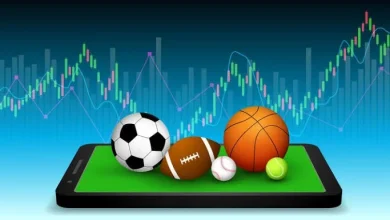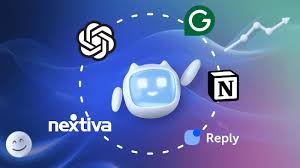Introduction: Why Can’t We Put Our Phones Down?

Think about the last time you unlocked your phone. How many apps did you open before you even realized it? Whether it’s scrolling through social media, checking the weather, or tracking your fitness, apps have become an extension of our daily lives. But have you ever stopped to wonder why some apps feel almost addictive?
The answer lies in psychology. App developers don’t just build tools—they design experiences that tap into our emotions, habits, and even our subconscious desires. From the colors they use to the notifications they send, every detail is crafted to keep us engaged. And sometimes, that engagement turns into obsession—like the irresistible pull of a perfectly timed meme or the satisfaction of completing a streak.
The Hook Model: How Apps Keep You Coming Back
Nir Eyal, author of Hooked: How to Build Habit-Forming Products, outlines a four-step process that many successful apps use to create habits:
- Trigger – Something prompts you to open the app. It could be a notification, an email, or even boredom.
- Action – The easier it is to take action (like swiping or tapping), the more likely you are to do it.
- Variable Reward – Our brains love unpredictability. Will you get a like, a new message, or a surprise discount? The uncertainty keeps us hooked.
- Investment – The more time or effort you put into an app (like customizing your profile or building a streak), the harder it is to leave.
Think about apps like Instagram or Duolingo. They don’t just give you what you want—they make you work for it, just enough to keep you invested.
Design Tricks: The Psychology of Colors, Sounds, and Swipes
Ever notice how most “Buy Now” buttons are red or green? Or how a satisfying ding sound makes you feel accomplished? App designers use subtle psychological tricks to influence your behavior:
- Colors: Red creates urgency (think sales), blue builds trust (like Facebook), and green signals safety or success.
- Animations: A smooth swipe or a loading spinner can make waiting feel less frustrating.
- Feedback Loops: Likes, hearts, and progress bars give us instant gratification, triggering dopamine hits.
Even the way an app feels in your hand—how buttons respond to touch—can make it more addictive. The best apps don’t just function well; they feel good to use.
The Social Factor: Why We Crave Connection
Humans are wired for connection, and apps exploit this. Social media platforms thrive on our need for validation—every like, comment, or share reinforces our sense of belonging. But it’s not just social media:
- Fitness apps let you compete with friends.
- Gaming apps encourage teamwork and rivalry.
- Messaging apps keep conversations flowing with read receipts and typing indicators.
The fear of missing out (FOMO) is real, and apps use it to their advantage. When you see that little red notification badge, your brain interprets it as a social cue—something important is happening, and you need to check it.
The Future of Apps: What’s Next?
As technology evolves, so do apps. Here’s what’s on the horizon:
- AI-Powered Personalization: Apps will learn your habits and adapt in real time, making them even harder to resist.
- Augmented Reality (AR): Imagine trying on clothes virtually or seeing furniture in your home before you buy it.
- Health and Wellness Integration: Apps won’t just track your steps—they’ll monitor your mood, sleep, and even stress levels.
The line between apps and reality is blurring. The question is: Will we use them to enhance our lives, or will they end up controlling us?
Final Thought: Are You Using Apps, or Are They Using You?
Next time you open an app, take a second to ask yourself: Why am I here? Is it out of habit, boredom, or genuine need? Understanding the psychology behind apps can help you use them more mindfully—so you stay in control, not the other way around.



